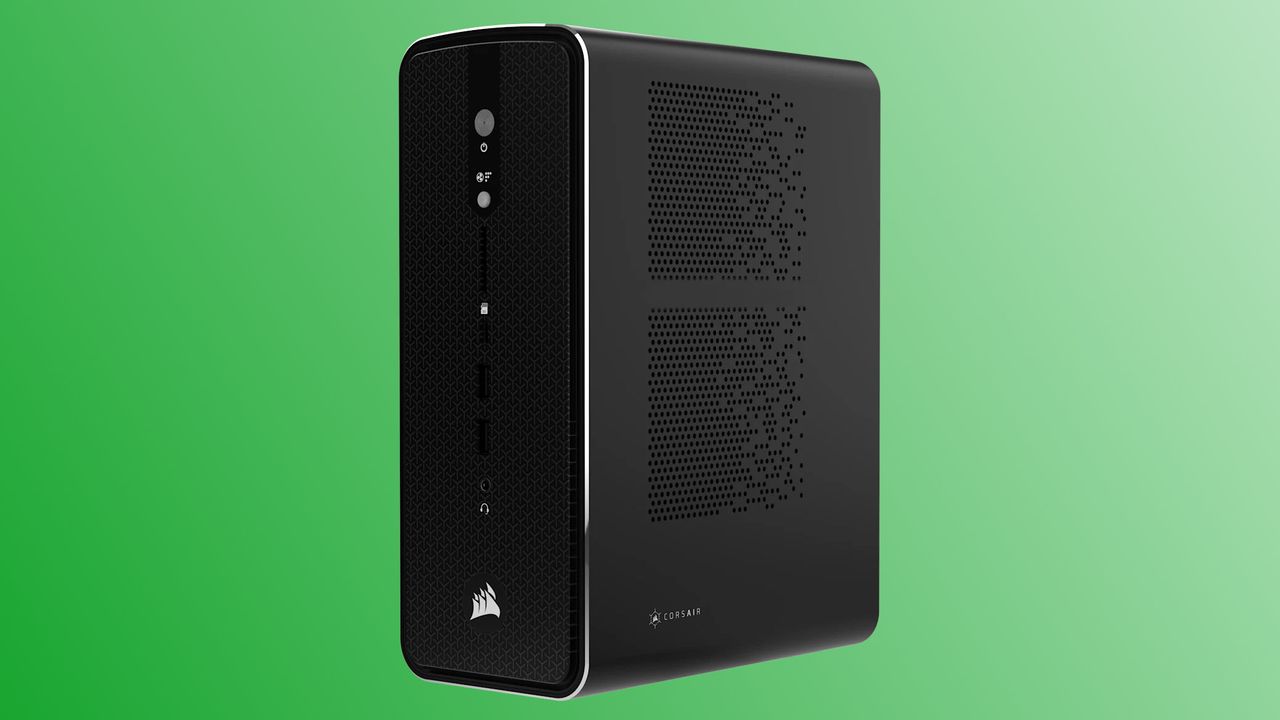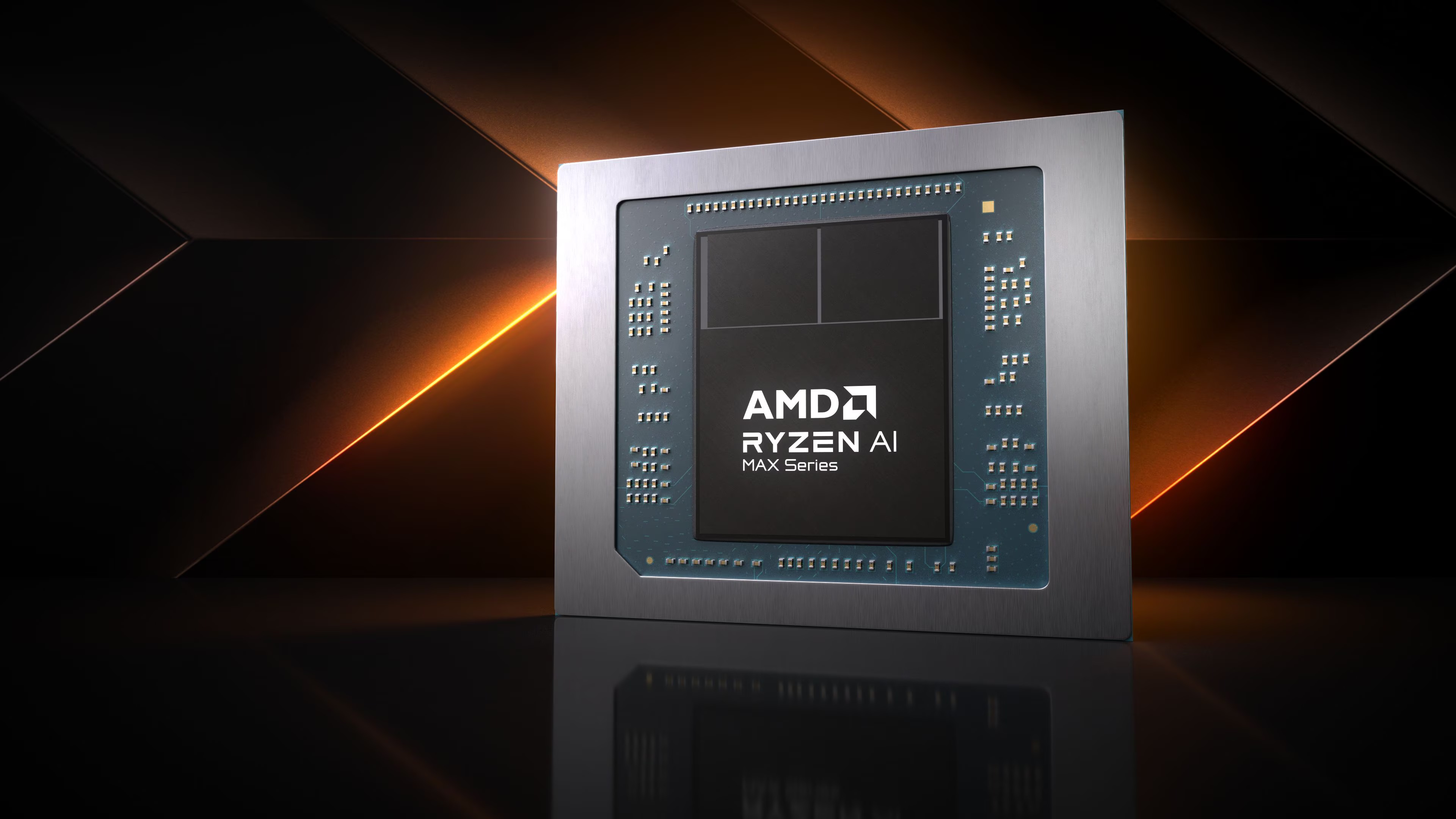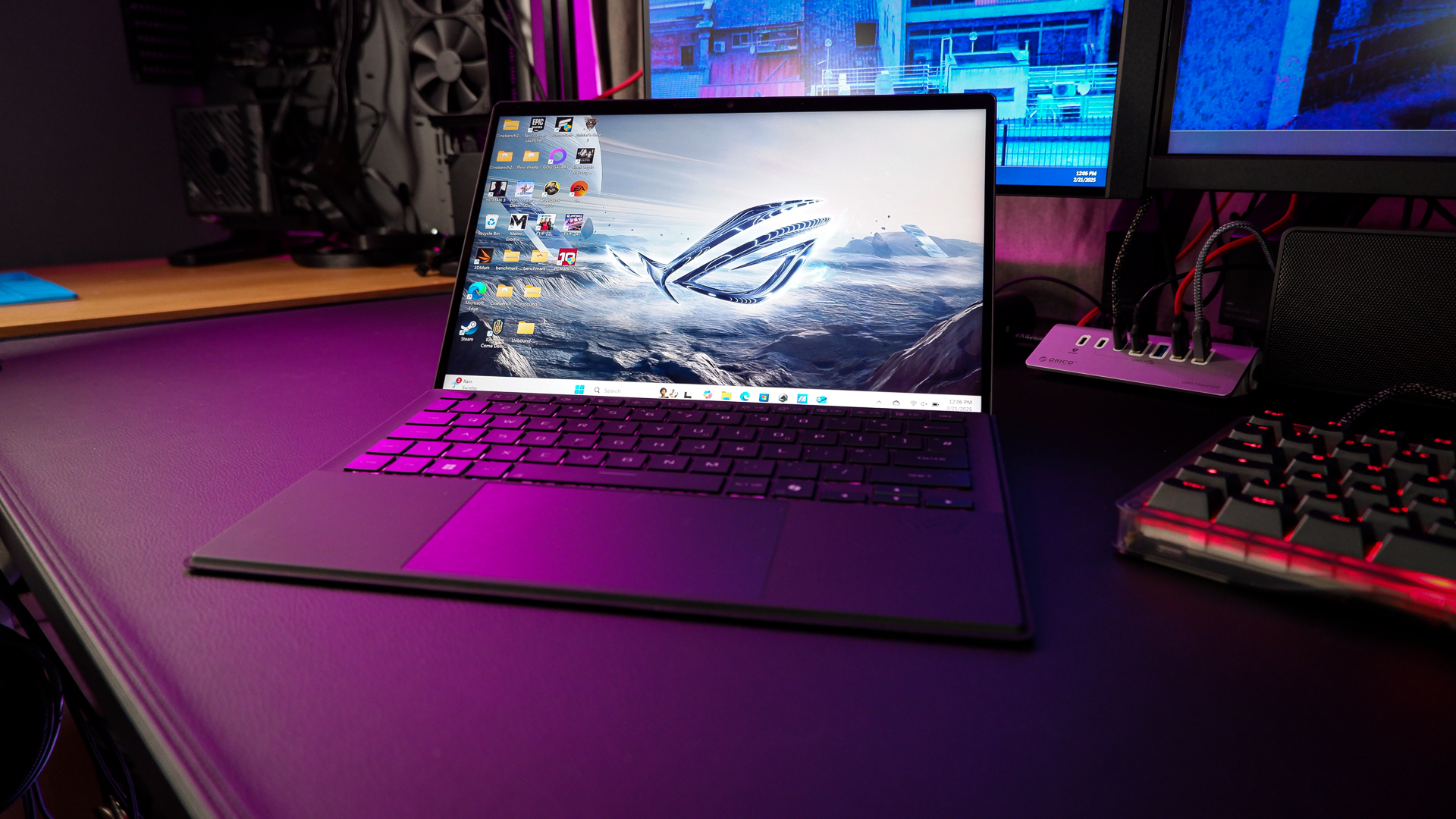
PC hardware news at the moment is flush with all things Strix Halo, AMD's beefy APU, and the latest manufacturer to enter the fray is Corsair. But rather than jamming the massive chip into a handheld device, it's gone down a mini-PC route, with homebrewed AI developers being the target market.
When we first learned of AMD's Strix Halo processors, we all assumed they would be purely for gaming, due to the size of the integrated GPU. But when they officially launched under the moniker of Ryzen AI Max, as well as getting our hands on one for testing, it was clear that AI, rather than games, would be the main focus.
Corsair's new AI Workstation 300 range of mini-PCs confirms this, not just by virtue of the name, but by the fact that the company doesn't mention gaming once in the marketing fluff. "Powered by AMD Ryzen AI Max 300 Series, it’s ready for local LLMs, creative workloads, and AI development. Designed for quiet efficiency and modular flexibility, it elevates productivity for developers, creators, and professionals."
From the outside, it just looks like a fairly normal mini-PC. Compact in size, with a handful of front and rear I/O ports, the AI Workstation 300 doesn't appear to be drastically different from the GMKtec Evo-X2 or the Framework Desktop. They all look different, but underneath the pretty exteriors, the hardware specifications are very similar.
That's almost certainly down to the limited number of manufacturers offering motherboard solutions for Strix Halo APUs, and I suspect that Corsair didn't want to commission a unique board for something that's likely to be a low-volume seller.

Anyway, as things currently stand, Corsair is offering three versions on its site:
- Ryzen AI Max 385, 64 GB LPDDR5X-8000, 1 TB SSD | $1,599.99
- Ryzen AI Max+ 395, 128 GB LPDDR5X-8000, 1 TB SSD | $1,999.99
- Ryzen AI Max+ 395, 128 GB LPDDR5X-8000, 4 TB SSD | $2,299.99
The CPU side of the APUs is practically the same (the 395 is 100 MHz faster), but the iGPU in the 395 sports 25% more compute units than the 385's. Along with the doubled RAM capacity, it's clearly going to be the preferred variant for AI developers. The $700 higher price tag certainly won't put them off.
Having said that, the somewhat disappointing array of I/O ports might make them think twice. You do get two USB4 sockets (one front and rear apiece), but there are only three more USB ports and just two monitor outputs. Networking is handled by 2.5G LAN and Wi-Fi 6E, so they're not cutting-edge either. I guess you're paying $2,300 for the chip and RAM, rather than having something that offers broad connectivity options.

As high as that price tag is, it's actually cheaper than a high-end Strix Halo laptop with the same chip, and they don't boast 128 GB of RAM. And while you could get a really good gaming PC for the same money, its graphics card won't have anywhere near as much memory to handle big AI models.
It's a niche product for a (currently) niche market, but I kinda admire Corsair for taking a punt on this, especially considering its primary market is gaming. You could certainly use the little AI Workstation 300 for a round or two of your favourite game, but you're only looking at RTX 4060 levels of performance in that aspect. For working on AI, though, you could do far worse.







